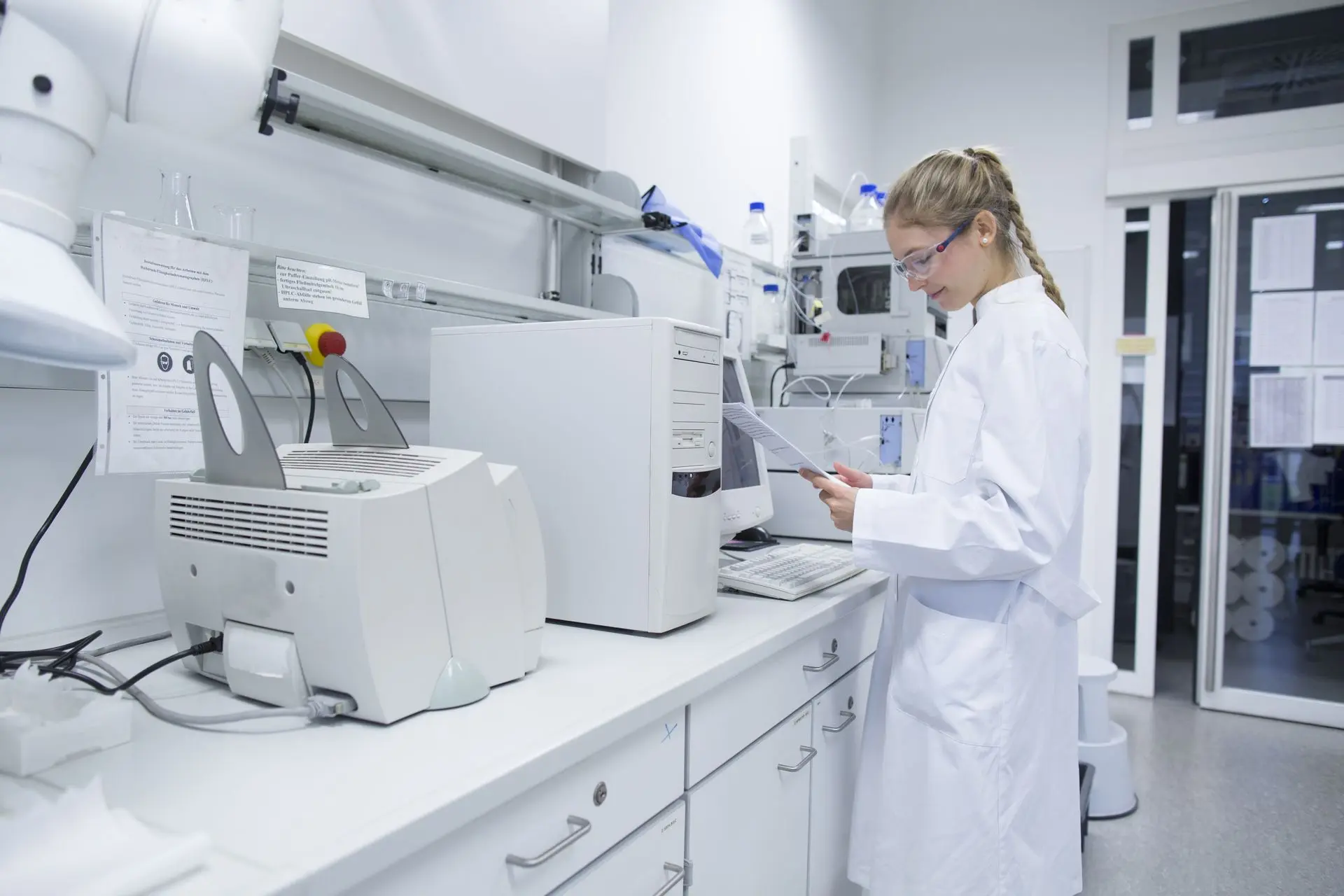Problem Solving Flowchart
A Guide to Efficient LCMS Troubleshooting
Problem-solving in LCMS (Liquid Chromatography-Mass Spectrometry) can be a daunting task, but with a clear and structured approach, issues can be identified and resolved effectively. Our Problem Solving Flowchart is designed to guide you through the troubleshooting process, helping you pinpoint issues in your LCMS setup quickly and efficiently. This flowchart serves as an indispensable tool for anyone working with LCMS systems, from novices to experienced operators.

What is a Problem Solving Flowchart?
A problem-solving flowchart is a visual representation of a systematic approach to solving issues. In the context of LCMS troubleshooting, the flowchart helps to identify common problems and suggests steps to diagnose and fix them. By following the steps laid out in the problem-solving flowchart, you can minimize downtime, reduce errors, and ensure the optimal performance of your LCMS system.
Key Components of a Problem Solving Flowchart
The problem-solving flowchart for LCMS typically includes the following steps :
- Identify the Problem: Clearly define the issue you are experiencing with the LCMS system.
- Check Instrument Settings: Ensure all settings, such as flow rates, temperature, and detector settings, are configured correctly.
- Examine Reagents and Samples: Verify that the sample preparation and reagents are correct and free from contamination.
- Evaluate Instrument Performance: Assess whether any hardware malfunctions, such as detector issues or leaks, may be contributing to the problem.
- Refer to Known Issues: Check for any known problems associated with your LCMS system or software updates.
- Resolve and Test: After applying a solution, test the system again to ensure the issue is fixed.

Why Use a Problem Solving Flowchart ?
A well-designed problem-solving flowchart can significantly improve the efficiency of troubleshooting. Here are some reasons why this tool is essential for LCMS troubleshooting :
- Clear Steps : It provides a clear, step-by-step approach to diagnosing problems, ensuring nothing is overlooked.
- Saves Time : By following the flowchart, you can quickly isolate issues without having to manually test each part of the system.
- Reduces Errors : A structured approach reduces the risk of introducing additional problems while trying to solve the initial one.
- Improves Efficiency : With the right problem-solving process in place, you can restore normal function to your LCMS system faster, improving your productivity.
Examples of Common Problems in LCMS and Solutions
1.Poor Sensitivity :
- Problem: The LCMS system shows weak signals or poor sensitivity.
- Solution: Check sample concentrations, ensure proper calibration, and verify the performance of the detector. Clean the ion source and examine the chromatographic conditions.
2.Background Noise :
- Problem: Unwanted signals in the background during analysis.
- Solution: Check for contamination in solvents or reagents, adjust system parameters, or clean the ion source to reduce noise.
3.Data Integrity Issues :
- Problem: Missing or corrupted data in the chromatograms.
- Solution: Ensure the software is up-to-date, check the data collection process for issues, and confirm the instrument is properly calibrated.
4.Poor Chromatographic Resolution :
- Problem: Peaks are poorly resolved, leading to inaccurate analysis.
- Solution: Adjust the column and mobile phase conditions, check for column contamination, and verify the flow rate and temperature settings.
How to Use the Problem Solving Flowchart Effectively
Step 1: Identify the Problem
- Determine what is wrong by reviewing system performance and recent changes.
Step 2: Follow the Flowchart Steps
- Move through the flowchart logically, using the recommended checks at each stage.
Step 3: Apply Solutions
- Implement the solution suggested by the flowchart for each identified problem.
Step 4: Test and Verify
- After making changes, test the system to verify if the issue has been resolved.
Step 5: Seek Help if Needed
- If the problem persists, consider reaching out to technical support or consulting the manufacturer's troubleshooting guid

Simplifying LCMS Troubleshooting with a Flowchart
A problem-solving flowchart is an indispensable tool in LCMS troubleshooting, guiding you through a systematic approach to diagnosing and fixing problems quickly and efficiently. Whether you’re working with an LCMS system for the first time or are an experienced operator, having a clear flowchart at hand can help reduce downtime and improve instrument performance.
🔗 Check out our Problem Solving Flowchart for LCMS troubleshooting and optimize your LCMS system performance today !